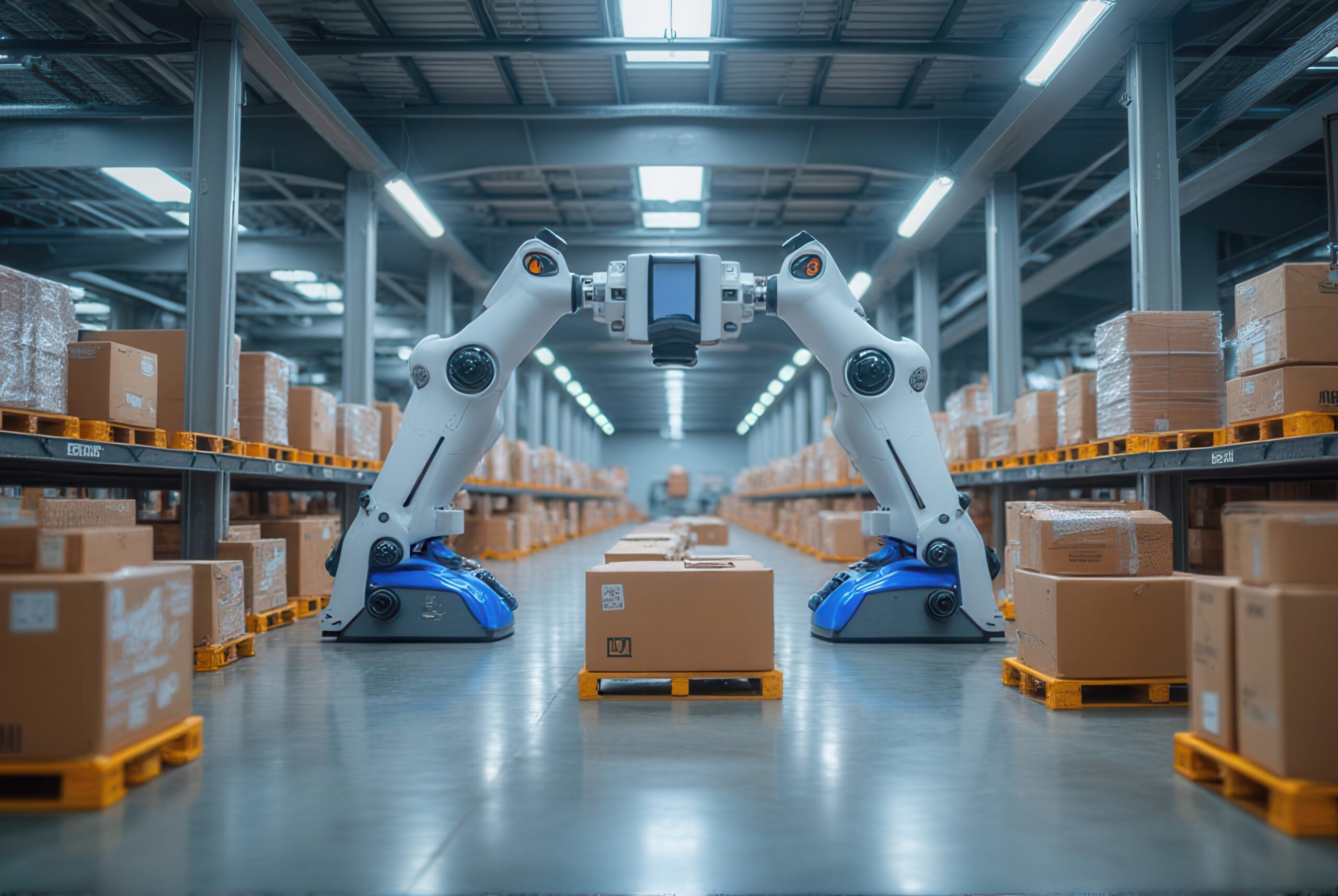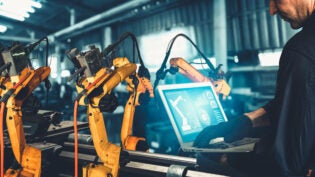
Automation has become a pivotal part of the modern manufacturing landscape, transforming the creation and delivery of products. With advancements in robotics, artificial intelligence, and advanced software systems, manufacturers now have a broader toolkit to achieve greater efficiency and scalability. Automation empowers businesses to reduce human error, minimize waste, and meet the increasing demand for high-quality products with faster turnaround times. Despite these advantages, successfully implementing automation requires a strategic approach. These five ways to automate your manufacturing process will help drive your operations toward excellence.
Incorporate Robotic Process Automation (RPA)
Robotic process automation (RPA) has become a major driver of efficiency in manufacturing. Robots that use RPA can delegate repetitive and labor-intensive tasks, such as assembly or material handling. These systems can operate continuously, increasing output while minimizing the risk of human error. RPA also provides scalability, allowing manufacturers to adapt production levels to meet fluctuating demand.
Install Automated Material Handling Systems
Material handling is a critical part of any manufacturing process. Automating this activity can significantly optimize the flow of materials and goods within a facility. Conveyor systems, automatic guided vehicles (AGVs), and autonomous mobile robots (AMRs) allow manufacturers to seamlessly transport raw materials and finished goods. These automated systems reduce manual labor, prevent bottlenecks, and improve workplace safety by limiting human intervention in potentially hazardous environments.
Optimize Motion Control Systems
Advanced motion control systems, including servo motors, actuators, and linear and rotary stages, are pivotal in achieving this accuracy. Automation allows manufacturers to fine-tune movements and positions for cutting, machining, or assembly processes. When choosing rotary stages for your application, it’s important to evaluate speed, load capacity, and accuracy requirements to ensure compatibility with your processes.
Utilize Machine Vision for Quality Control
Quality control is fundamental to maintaining customer satisfaction and brand reputation. Machine vision technology enables real-time quality checks by using advanced cameras and artificial intelligence (AI) algorithms to detect product defects or deviations. This automated system operates faster and more accurately than traditional manual inspections. It ensures that only products meeting predefined standards reach the next stage of production or shipping.
Implement Industrial Internet of Things (IIoT)
The Industrial Internet of Things (IIoT) integrates smart devices, sensors, and cloud-based platforms to enhance connectivity across the manufacturing floor. IIoT provides real-time data collection and analysis, allowing manufacturers to optimize workflow, predict equipment maintenance needs, and track production metrics. IIoT promotes sustainability by identifying energy-saving opportunities, making it an ideal choice for businesses aiming to reduce their environmental footprint.
Automating your manufacturing process is necessary to remain competitive in the current industrial landscape. By incorporating technologies such as robotic process automation, automated material handling systems, machine vision, advanced motion control systems, and the Industrial Internet of Things, businesses can achieve unprecedented levels of efficiency and quality.
452 Views













